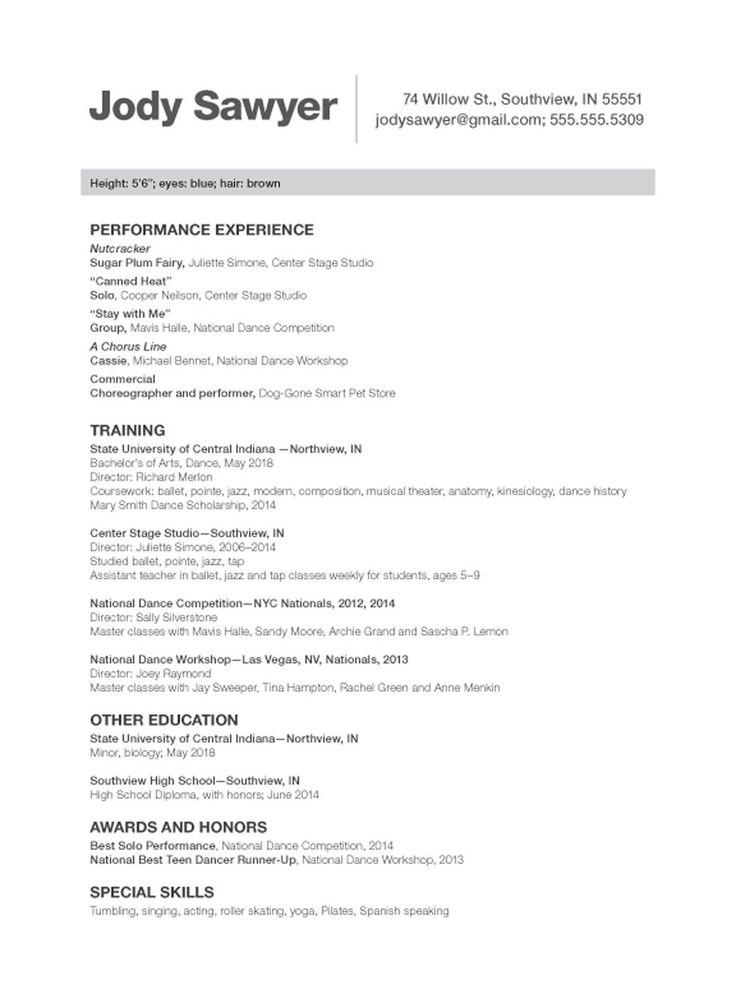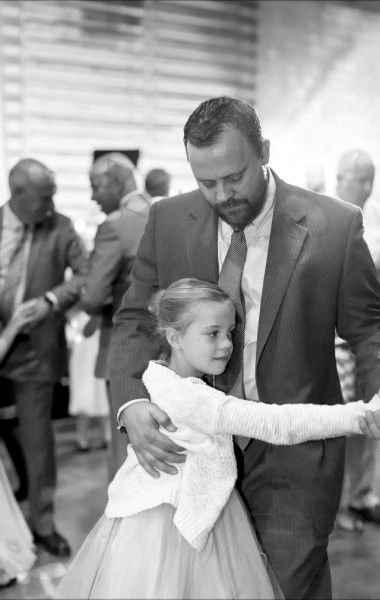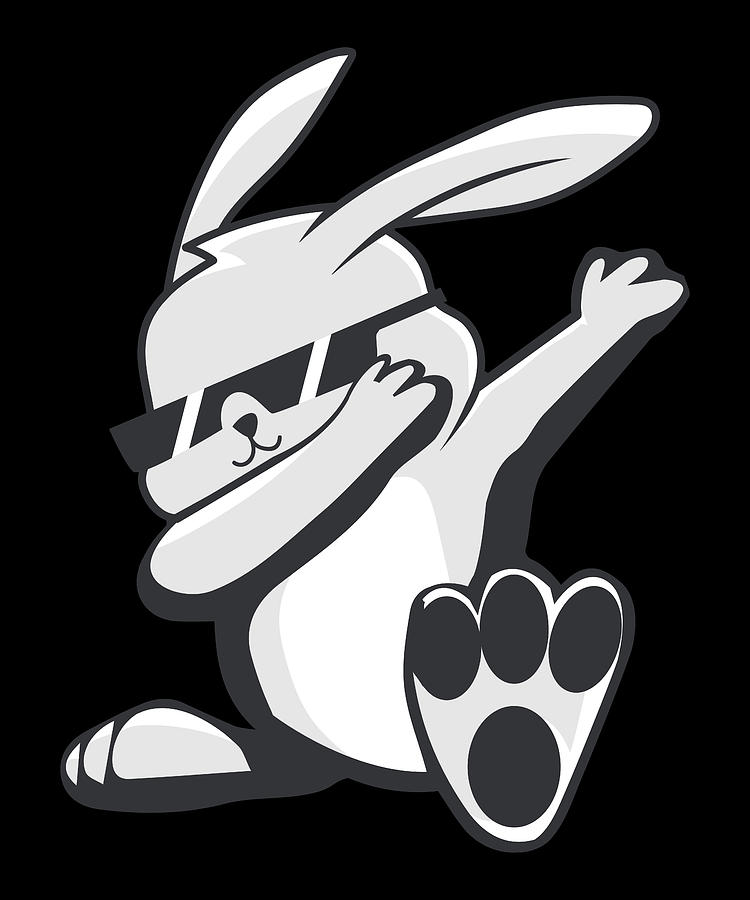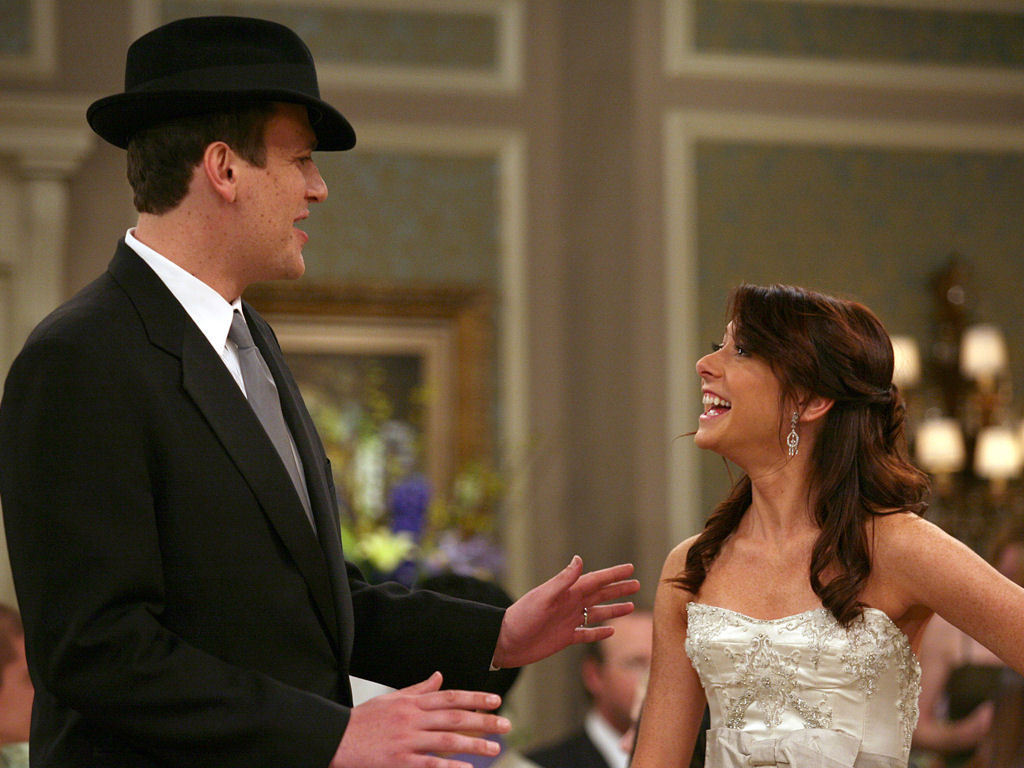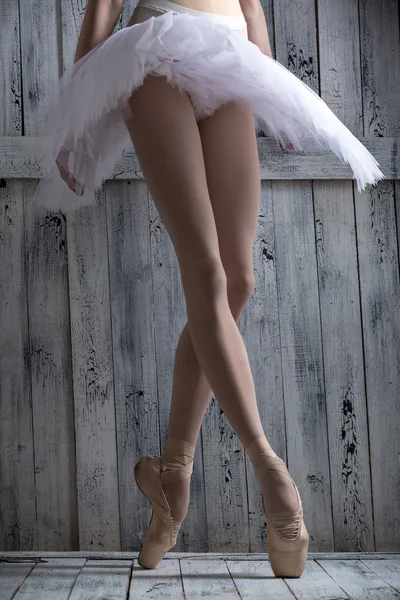How to write a dance resume for an audition
How to write a dance resume — The Sideline Secrets
If you are pursuing your dream of becoming a professional dancer, it is essential for you to prepare a well-formed dance resume.
A dance resume varies from a traditional job resume so it is important to understand what to include, a proper resume format, and how to make your best qualities shine through. In this article, we are walking you through how to write a dance resume for dance auditions, providing you with a dance resume template, and sharing resume examples as we go along.
Related: How to Become a Professional Dancer
Importance of your dance resume
All professional dance auditions whether it be to become an NBA dancer, an NFL cheerleader, or even a top collegiate dancer, will require a well-written and well-formatted dance resume. A top resume will not only reflect your relevant dance experience but also help in grabbing the attention of your dance judges. As much as a great dance resume will help you to stand out, one with little time and effort put in can also negatively affect the way that the dance judges perceive you (typos, bad formatting, and more. )
What to include in your dance resume
Personal information
Education and training
Current occupation
Professional dance experience
Dance experience
Related awards and achievements
References
It is important to note that you will need to include an 8x10 dance headshot with your dance resume. If you have not yet prepared any headshots, make sure that you get professional dance headshots taken for the dance audition to accompany your dance resume.
What not to include
Work-related job experience
Unrelated hobbies or awards
Job references that do not correlate to the dance audition
How dance resumes vary from work-related resumes
Although your dance resume format may be similar to a professional resume, the two are very different. In your dance resume for auditions, you need to focus on dance-related experience only.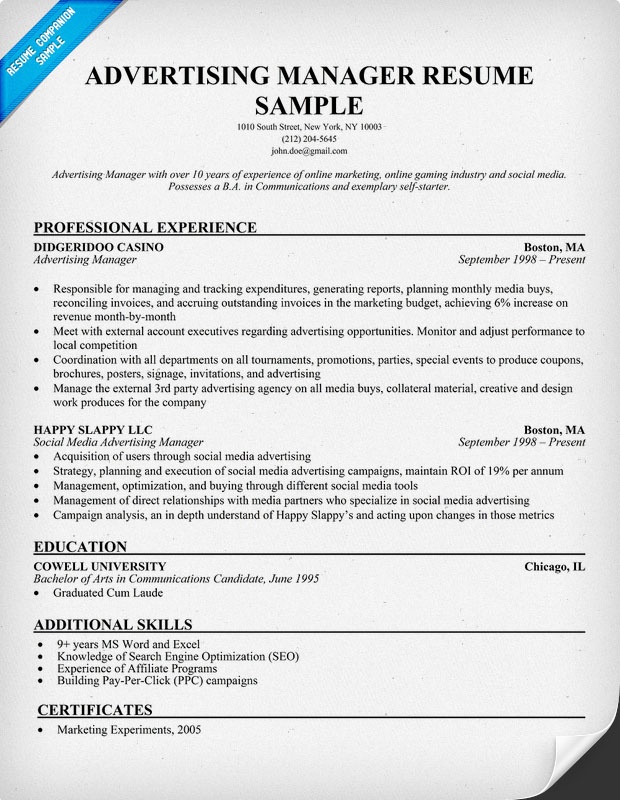 Here are a few specifics on how a dance resume differs from a professional resume:
Here are a few specifics on how a dance resume differs from a professional resume:
A focus solely on dance-related experience
You do not necessarily need an objective or to list out skills
No more than one page (front and back)
Dance related references
Short, simple, to the point
1. Understand the position that you are applying for as a dancer
Before starting your dance resume, list out all relevant information on the dance position that you are creating your resume for.
2. List out your dance background
Write out any and all of your relevant dance experience in relation to the dance position. Start with your general education, dance education, and your current occupation. From there, write down:
Professional dance experience you may have
General dance experience (dance teams, cheerleading teams, training, performances, relevant dance background)
Dance awards, achievements, and honors
Dance-specific references you may want to include
Now that you have written out all of your relevant dance experience and understand the requirements needed for the dance team, go through your list and make sure to choose the most relevant information for the dance team that you are auditioning for.
3. Choose a template
Although a dance resume is different than a professional resume, they have similarities in resume formatting. You want to choose a resume template that is both professional and clean. Avoid bright colors and choose a clean font throughout the resume. Avoid any font for your resume that is larger than 11/12pt.
Make sure to choose a resume template that allows you to section out your resume categories as listed below.
Dance Resume Categories4. Personal information
Start your resume with the most up-to-date information on yourself in the header. This information should include your first and last name, address, email address, and phone number. Make sure that your name stands out and is in a larger font than the rest of the resume font size.
5. Education/trade
For dance team auditions, you will want to share your education and/or trade. Professional dance teams like to know about your life outside of the dance studio and your motivations.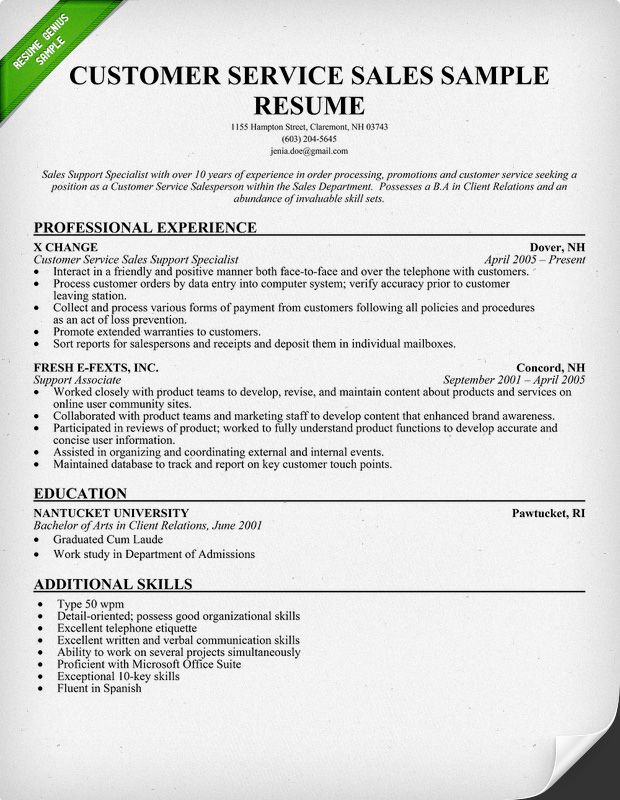 As with a professional resume, list your college education or other form of trade.
As with a professional resume, list your college education or other form of trade.
This should include the name of your school, what you are studying or studied, and the date ranges.
This is also a great place to put in any study abroad experiences or dance education.
6. Current occupation
Professional dance teams also love to know about your career path. Share what it is you do for work outside of dance. Maybe you are a full-time employee with a company, own a business, or are a current full-time student.
7. Professional/semi-professional experience
This is where you want to list any professional or semi-professional dance experience. This can include former professional or semi-professional dance teams and any other forms of professional experience in the dance industry you may have.
8. Dance experience
List out any relevant dance experience that may not necessarily be deemed “professional.” For instance, maybe you danced for your high school dance team, you trained at a dance studio growing up, or currently teach dance classes.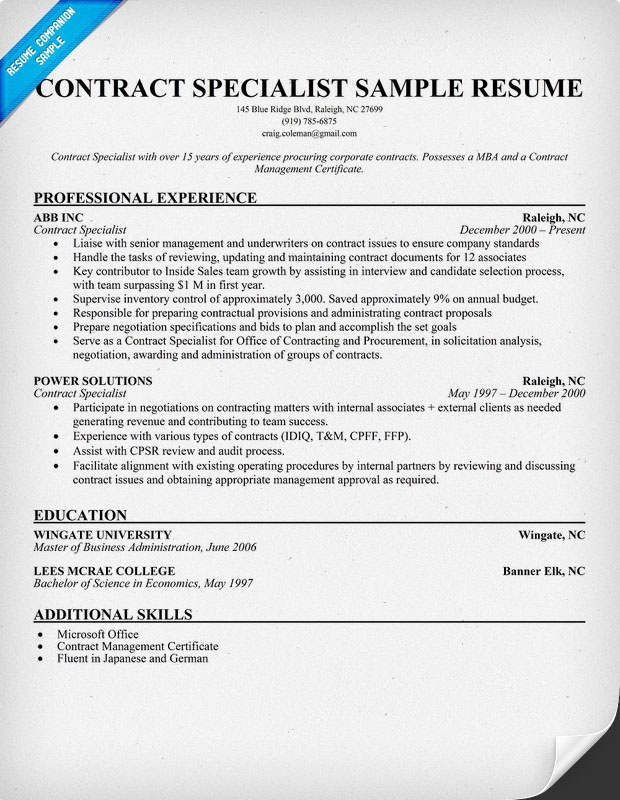
9. Dance awards and achievments
This section showcases any dance accolades that you have received, setting you apart from other dancers auditioning. If you are a vastly experienced dancer with countless awards and honors, list only the most notable that relate to the dance position.
10. References
The dance team that you are auditioning for may note how many references they would like to see on your dance resume. Generally speaking, you want to add no less than three dance-relevant resume references. You will want to add a variation of references that reflect different aspects of yourself that you want to share with the dance judges.
For instance, you may want to list a former dance coach, one of your dance studio teachers, and a current or former manager at your job.
With such a variation of references you are providing insight into how you are on a dance team, in the studio, and in the workplace.
[ First name, Last name ]
[ Address ]
[ Email, Phone Number ]
Education
[ School name/workshop/institution, Dates attended ]
[ Degree/Degree acquired ]
Occupation
[ Company name, Dates employed ]
[ Brief description of job duties ]
Professional Experience
[ Dance team name/Job title, Location, Dates employed ]
[ Description ]
Dance Experience
[ Title, Location, Dates ]
[ Description ]
Awards and Achievments
References
[ Name, Phone Number, Email ]
[ Reference description ]
Looking for a creative yet clean dance resume? I love the dance resume templates listed on Etsy!
Perfecting your dance resume | USC Glorya Kaufman School of Dance
Rachel Harris (BFA '20) | Photo by Mary Mallaney
Fitting your many years of dance experience onto a single page can seem like a daunting task.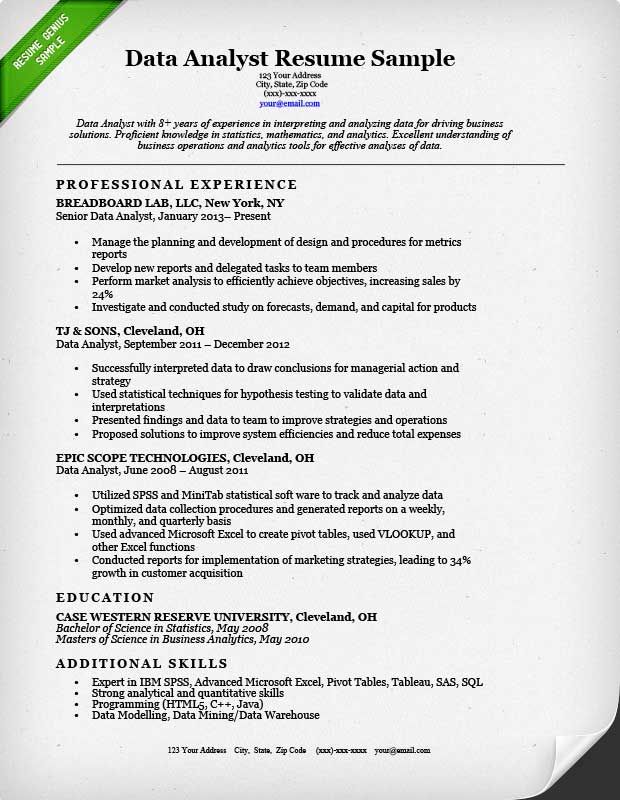 In fact, I often get asked if the dance resume can be longer than one page. You can probably guess my answer.
In fact, I often get asked if the dance resume can be longer than one page. You can probably guess my answer.
So, why can’t your resume be more than one page? The reason is that, at USC Kaufman, you will define and refine your artistic identity, and we want you to start thinking about how to present yourself now.
It would be impossible to include all of your dance experience on one page, even if the words were in size two font and the page had no margins. Know that what we are most interested in are the highlights of your dance career up to this point—those things that have most impacted you.
Resume template and specifications
It’s critical that you follow our resume template. We devised this format to ensure that our faculty are able to look at all the information they need in a way that’s consistent across all applicants. Plus, it takes the guesswork out of things for you!
While you might be tempted to showcase your InDesign skills, we ask that you keep it simple. There are a few other specifics to remember:
There are a few other specifics to remember:
- Use a standard font.
- Margins should be no smaller than 0.5”.
- Only submit text (no photos please).
- Upload the document on SlideRoom as a PDF (no Word or Pages please).
Resume requirements
What does the faculty committee want to see on your resume? As listed on the template, you should include:
- Your contact information, including your Common App ID number, at the top.
- A one- to two-sentence Statement of Objectives, which provides us with a quick snapshot of your goals.
- Your academic profile, including your GPA and test scores (if you are submitting test scores). This tells us a little bit about your academic preparation given that we don’t see your Common Application.
- Your dance training. Here’s where you’ll probably have to make the biggest cuts. Feel free to condense information in a way that makes sense. For example, you might have trained in Contemporary for seven years under seven different teachers; you might consider listing Contemporary for seven years with your most recent two instructors.
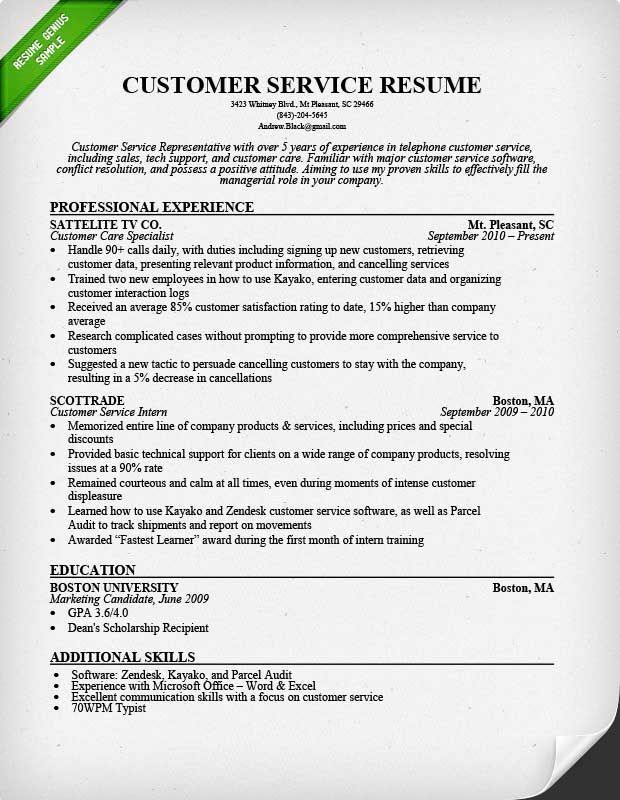 You should also feel free to add any forms in which you’re self-taught and master classes that have had an impact on you.
You should also feel free to add any forms in which you’re self-taught and master classes that have had an impact on you. - Programs and workshops, including intensives.
- Don’t forget to include any relevant roles under performance experience. In addition, list any performances on screen, including music videos.
- Have you taken part in any hip-hop culture battles? If so, let us know!
- Choreographic experience, if you have any.
- Awards and scholarships – or any other important dance distinctions.
- Finally, other activities you love – because we are interested in getting to know you as more than just a dancer. You can list your club involvement, leadership positions, hobbies, and anything else you want the faculty committee to know about you. For example, mine might include, “building dollhouse miniatures” or “collecting clip on earrings”.
If there are any sections that don’t make sense for you—for example, if you’re never choreographed or participated in a hip-hop culture battle—feel free to leave the whole thing off your resume.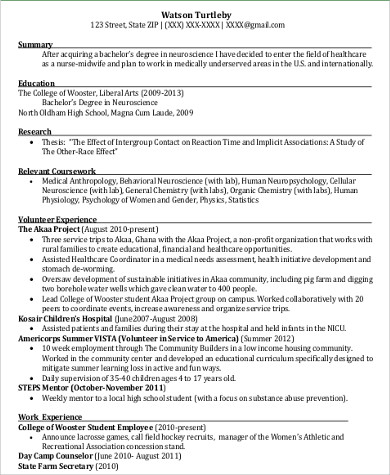
What we don’t care about are your height, weight, eye color, age, etc. This is The New Movement after all!
Most importantly, don’t use Comic Sans, as I have a love/mostly hate relationship with the font.
Want more admission advice? Watch this video about the USC Kaufman Portfolio and visit our Admission Advice playlist on YouTube.
By Anne Aubert-Santelli, Associate Dean of Academic and Student Life
How to write a dance resume (with template and example) • BUOM
By Indeed Editorial Team
December 30, 2021
Submitting a professional dance resume when auditioning for industry jobs can help both experienced and new dancers land a role . Dance resumes are different from traditional resumes, so it's important to know what to include in order to show your best qualities. In this article, we will explain what to include in a dance resume along with a template, example, and steps to help you create your own resume.
Dance resumes are different from traditional resumes, so it's important to know what to include in order to show your best qualities. In this article, we will explain what to include in a dance resume along with a template, example, and steps to help you create your own resume.
Why is a dance resume important?
Professional dancers must audition for employment, but employers in the industry also often require resume submissions to determine if candidates meet the criteria for dance programs and job openings. Having a well-written resume that showcases relevant experience, dance skills, and impressive accomplishments can help grab the attention of casting directors, choreographers, and other employers.
What to include in a dance resume
When applying for a dancing role or position, you must show that you have the appropriate qualifications. The basic information you need to provide includes:
-
Personal Information: Your resume requires your name and contact information.
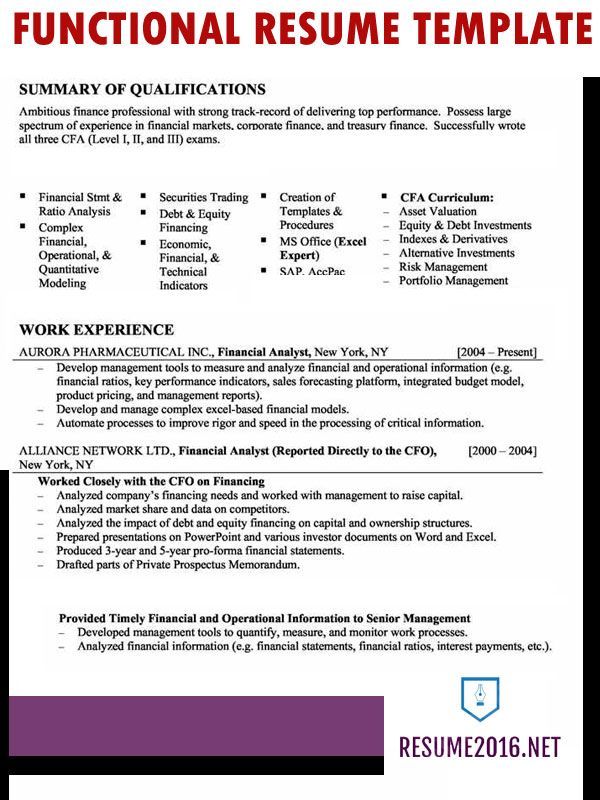 When auditioning for roles, you may also be required to add a photo and personal information such as your height, weight, and age.
When auditioning for roles, you may also be required to add a photo and personal information such as your height, weight, and age. -
Performance experience: If you have a lot of dance experience, list your career highlights or most important roles. Those with less experience can list their latest or current job.
-
Awards: Highlight the most impressive dance achievement or award you've received rather than list every competition you've entered.
-
Training and Education: Dance-related education and training are best suited for this section, but you can also include other traditional education and degrees you have completed. You must list the places where you received training or education, what you studied and how long you spent there. The names of your instructors may also matter.
-
Special Skills: These do not have to be dance related skills, but should be job related and a way to stand out from other candidates.
What Not to Include on a Dance Resume
Your resume is often your first chance to make a positive impression, so include only the most up-to-date information for the position.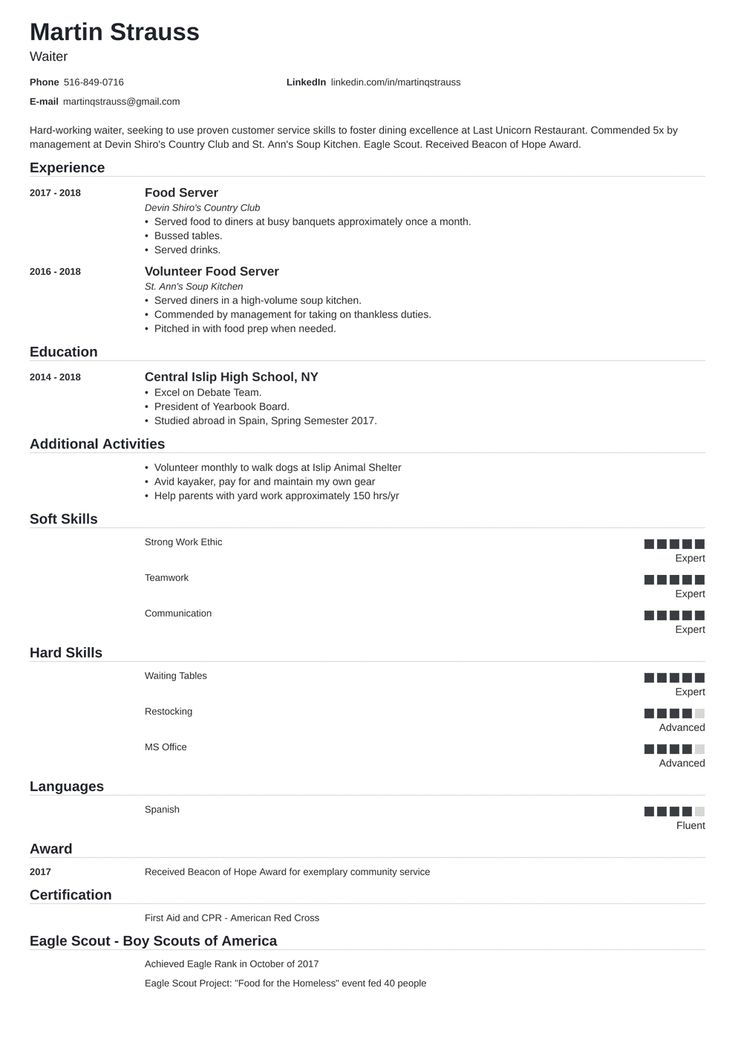 Here are some items you don't need to add:
Here are some items you don't need to add:
-
Unrelated hobbies or work experience: Irrelevant information occupies a valuable place in your resume, and the employer may ignore this information.
-
Personal social media accounts: Only include a social media profile if it is strictly professional and showcases your performances or other work.
-
The color of your hair or eyes: Some auditions may require this information, but it's usually not necessary if you've already included a photo.
-
Salary requirements or references: While this is helpful during an application or interview, please omit this information unless specifically requested.
How to Write a Dance Resume
While a career in dance is a very specific path, and whether or not it will contain content that is unique from other resumes, the idea of strategizing and then simplifying the document isn't all that different. As they say, here are the steps.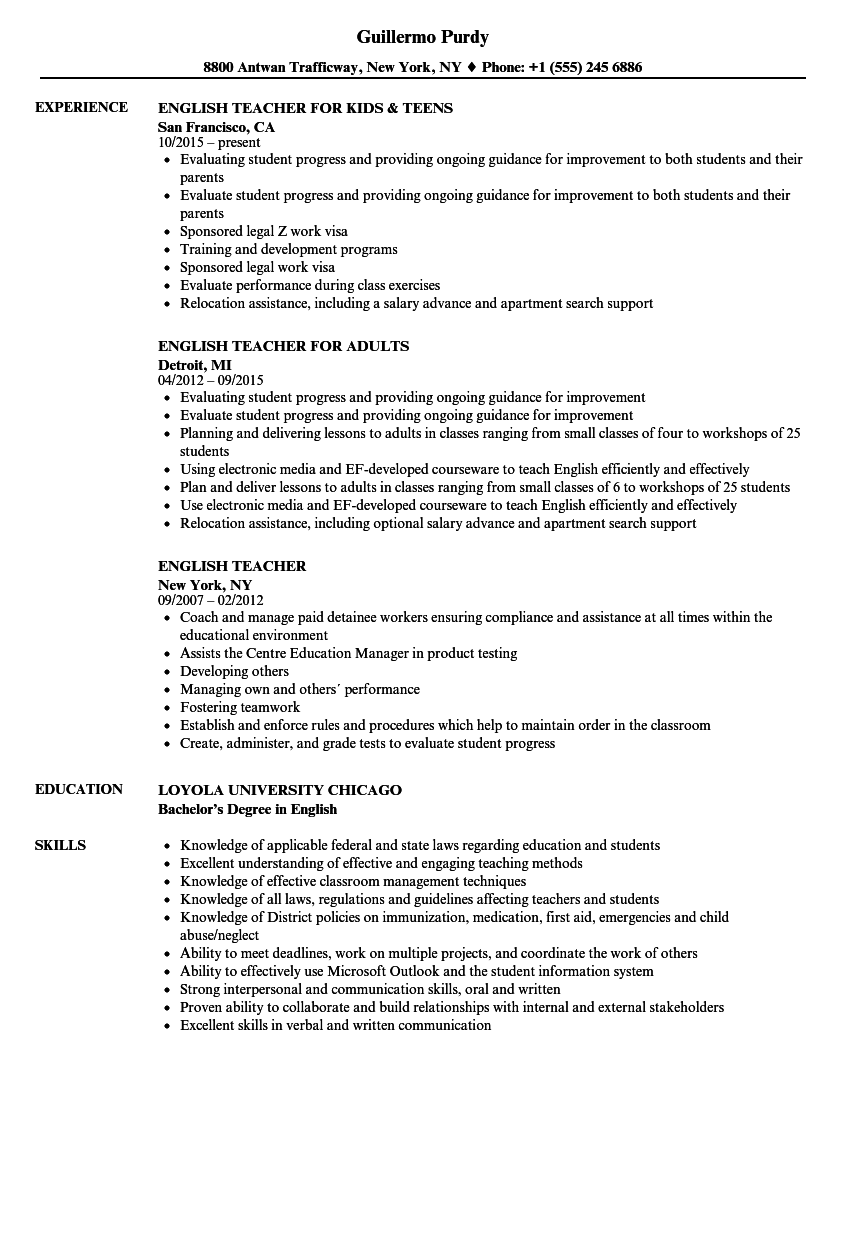 to follow for creating a dance resume:
to follow for creating a dance resume:
1. Make a list of your dancing background
Before writing a resume, make a list of all your experience in the dance industry. Your list should include training, performances, dance-related work history, and any awards or honors you have received. Be comprehensive because you want to be able to select items from this list when tailoring your resume for specific opportunities.
2. Review the job or role description
After you have considered your dance experience, compare your list with the job posting. You will especially want to take note of the specific skills or qualifications included in the description you have. To make yourself more marketable, choose from your list of experience, training, and qualifications that are most relevant to the position.
For example, if you are applying for a hip hop dance role, showcase your hip hop training you have completed or your role in a hip hop music video.
3.
 Format your resume
Format your resume Your resume should be no longer than one page so that the hiring manager can easily review it. When auditioning for roles, there should also be a professional portrait at the top of your resume. Use a standard and easy to read font, such as Times New Roman, 11 point.
You can divide your resume into the following sections: professional experience, training and education, industry awards or honors and skills. List the items in each of these sections in chronological order.
4. Add personal information first
Your CV must contain up-to-date contact information, including your name, address, phone number and email address. Make your name stand out among other information by typing it in a slightly larger bold font.
The dance resume is unique because you may also need to add your height, weight and age to this section. Information about your appearance or age is only needed when auditioning for roles - for example, you should not provide it when applying for a teaching job.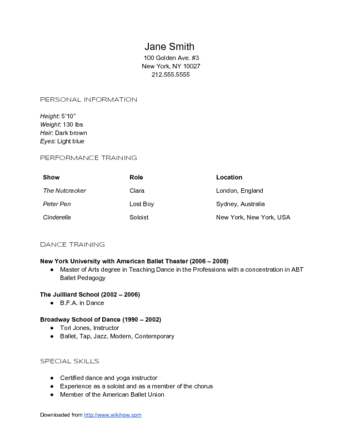
5. Detail your dance experience
Your professional experience section should include any dance companies or groups you have participated in and worked with, such as performances, commercials and music videos. You can also include teaching or choreographic work that you have done, but more than two or three works need a separate section.
Your performance experience must include the name of the show, the company that made it, your role and dates. You can also include the name of the show's choreographer, especially if they are well known. If you have a lot of performing experience, focus on the lead roles. If you are at the beginning of your career, you can include all of your performance experience so far.
6. List your dance education and training
This section should list the schools or institutions you attended, the dates you attended, the styles of dance you learned, and the degrees or certificates you received. If you have studied with a well-known teacher or choreographer, also include their name.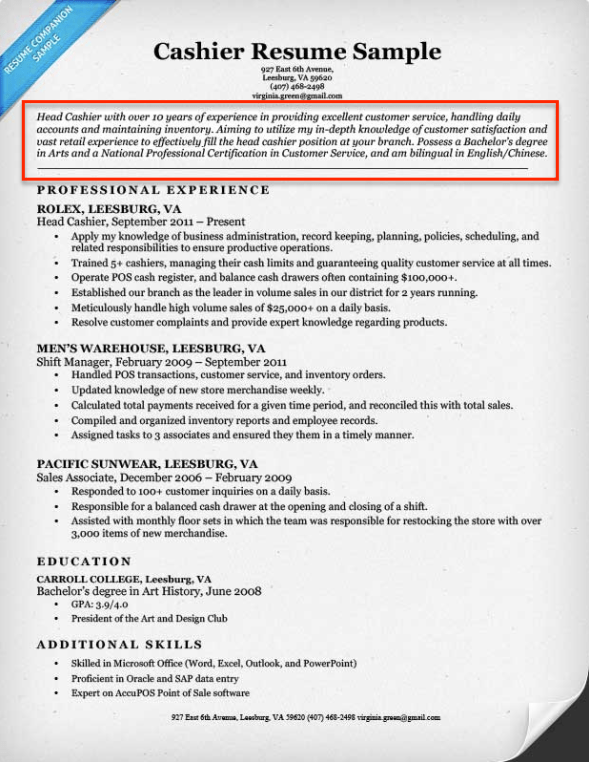
Start with the most recent dance training or education and work your way back from there. If you have attended small seminars or short training sessions, only include them if they are related to the position or role. For example, the improvisation class you attended last summer might be useful for a job that requires acting but less so for a ballet production.
7. Highlight your industry awards or awards
This section should present awards you have received that will help distinguish you from other candidates. You can include awards, medals, and impressive dance exam results if you are just starting out in your career.
Be sure to keep this section short, listing only the most important or most notable awards. This rule should especially be followed by experienced dancers who have received many awards, while beginner dancers with a shorter list can include everything.
8. Demonstrate any relevant special skills
Tailor this section to the role or job you are applying for.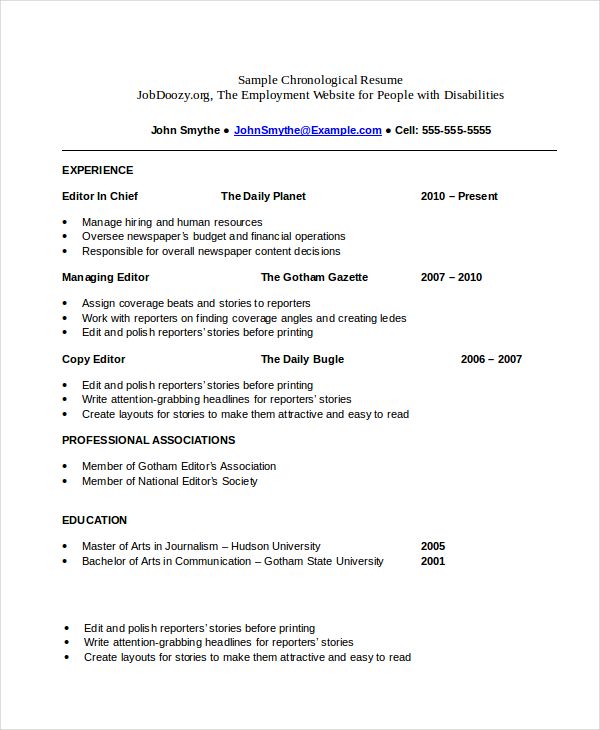 You can include dance or other movement skills as well as non-dance skills such as language fluency or interpersonal skills. For example, if the production has action scenes, you can indicate that you do martial arts. When including specific moves or dance skills, be aware that the casting director or potential employer may expect you to showcase your ability.
You can include dance or other movement skills as well as non-dance skills such as language fluency or interpersonal skills. For example, if the production has action scenes, you can indicate that you do martial arts. When including specific moves or dance skills, be aware that the casting director or potential employer may expect you to showcase your ability.
Sample Dance Resume
As in any other field, your information should be presented clearly and concisely and organized in a way that is easy to review and understand. You can use this template to format your resume:
[First and last name]
[Address]
[Phone number] | [Email address]
[Height and weight if auditioning for a role]
Professional experience
[Dance company name, dates of employment] or [Job title, location, dates of employment]
[Names of shows, roles performed under the dance companies] or [Responsibilities and duties]
Education and training
[Name of educational institution, school or workshop] | [Dates attended]
Awards
[List relevant or notable awards]
Special skills
[List skills relevant to the position or role]
Sample dance resume
To give the above sample template some context to make it easier the process of creating your own, not the following example which uses this template:0003
Kelly Brown
123 Main St.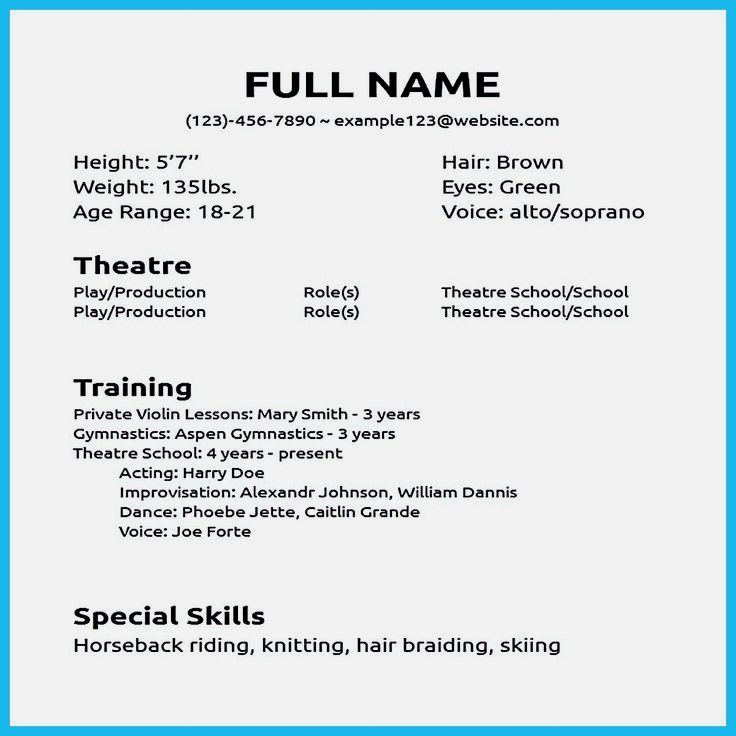 , Chicago, IL
, Chicago, IL
(123) 456-789 | [email protected]
Professional Experience
-
Midwest Ballet Company, Chicago, Illinois | 2017-2020
-
Nutcracker, Clara
-
Cinderella, Fairy Fleet
-
Sleeping Beauty, Lilac Fairy Flea
-
-
BELIC DANTERS OF EXCELLELANE WATER BOTTELES | 2016
-
Ballet teacher at Lulu Dance Studio in Deerfield, Illinois | 2015-until
-
Teach the basics and correct techniques of novice ballet students
-
Assess students' abilities and, if necessary, create individual training plans
-
Choreographic numbers for the annual school demonstration
-
Education and training
-
American Ballet School | 2009-2015
-
American Ballet Theater - New York Summer Intensive | 2009
Awards
-
National Dance Competition - Best Solo Performance | 2011
Special skills
-
Freely speaks in French
-
Pedagogical experience
-
Interpersonal skills
-
Choreographic experience
Auditions (video information) - Ateneo della Danza
To create an application video, it is necessary to demonstrate, according to age, the key elements and skills that a student must possess in order to be pre-qualified.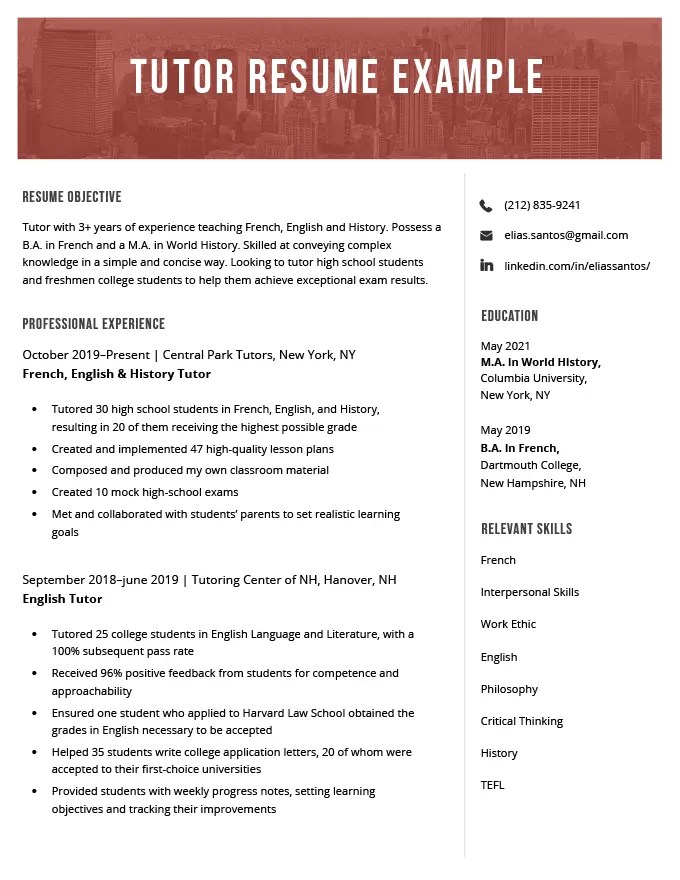 The video must be in the format below, broken down by age group. Along with video, 3 full-length photos are required in dancewear Artistic biography and identification document .
The video must be in the format below, broken down by age group. Along with video, 3 full-length photos are required in dancewear Artistic biography and identification document .
STEPS:
- To apply, you need to complete the online selection form at the end of this page.
- Following the video instructions, create a video making sure that what is required for age and level is present.
- Submit a video as a link or attachment (using the form's drag-and-drop box) along with a resume, ID, and three full length photographs in dancewear as listed below. Form subject must be First name Last name // Video compilation .
Pre-selection results will be emailed within 15 business days of receipt of the application.
To create an application video, you must demonstrate, according to age, the key elements and skills that a student must possess in order to be preselected.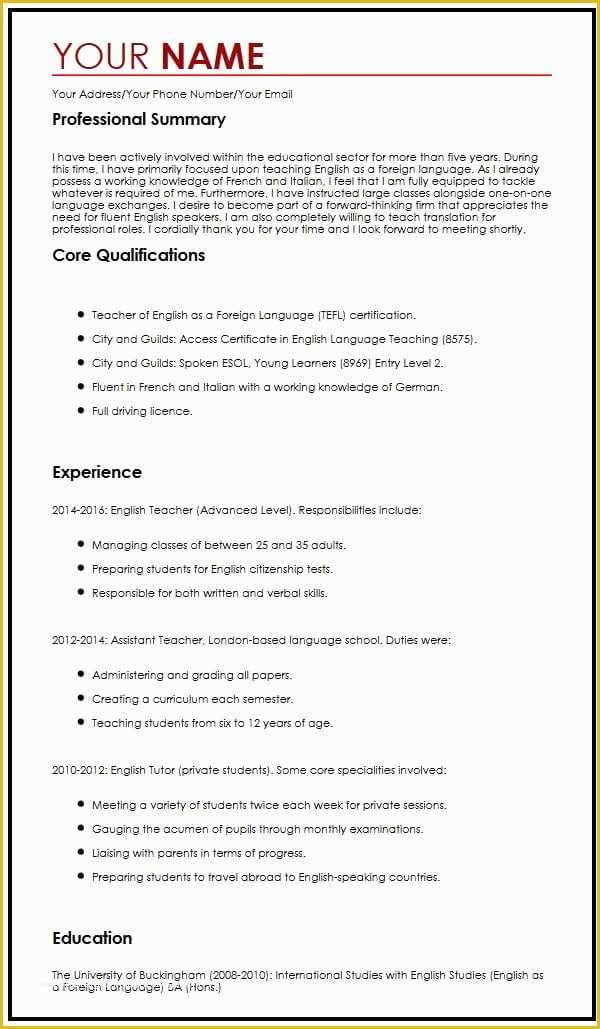 The video must be in the format below, broken down by age group. Together with the video, we remind you that Must send 3 full length photos in dancewear Artistic biography and identification document .
The video must be in the format below, broken down by age group. Together with the video, we remind you that Must send 3 full length photos in dancewear Artistic biography and identification document .
Ages 10 to 12 inclusive
Applicants aged 10 and 12 compresi , they must submit a video no longer than 15 minutes
BAR
Maximum 10 minutes:
grandmié side)CENTER
Max 5 minutes:
- I-II-III porte de bra
- pirouettes from XNUMX position only if you have already unlearned (both sides)
- pas balancé a la second
- jumps in I-II positions, full face
- Diagonal canter (right side only)
TIPS
Maximum 5 minutes of spot work (only after study).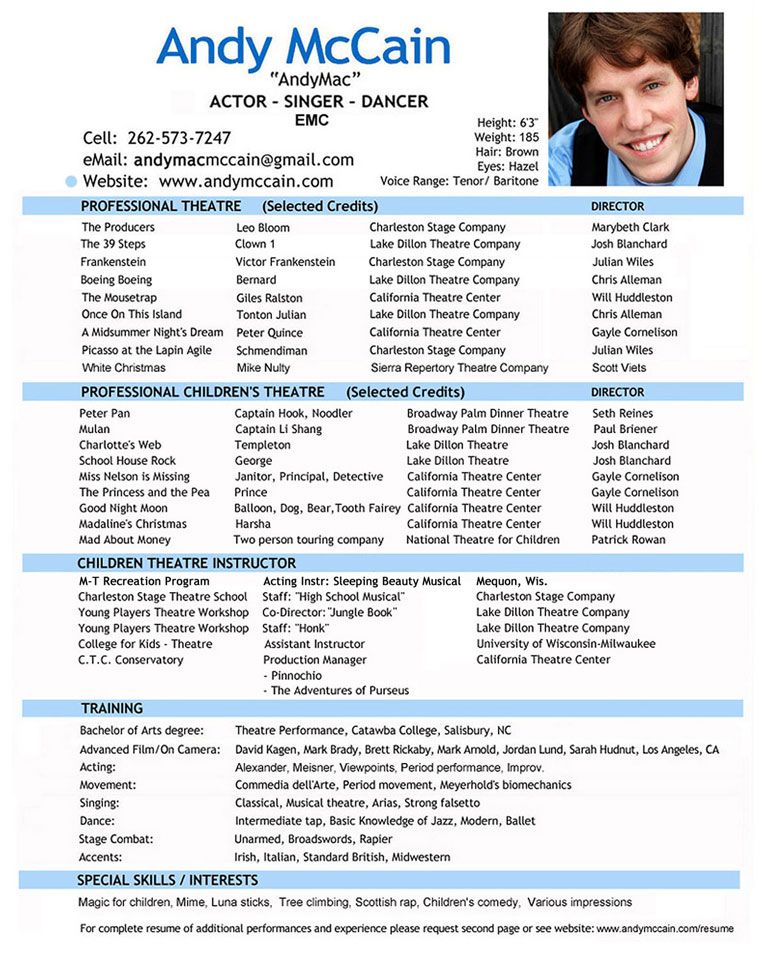
- sequence of relevé in position I-II-V on the bar
- sequence of pas de bourre and pas de bourre suivy, in the center
Ages 13 to 14 inclusive
Applicants aged 13 and 14 inclusive, they must submit a video no longer than 20 minutes.
BAR
Maximum 5 minutes:
- plié in all positions and porte de bra (right side only)
- Butters Tendus en Croix (left side only)
- slow (both sides) 90 on the croix (left side only)
CENTER
Maximum 5 minutes:
- porte de bra and small adagio
- en dehors pirouettes from and 9035 positions (only if already learned)
- 0236
allegro
Maximum 5 minutes:
- exercise that includes jumping to XNUMXth position, jump change and chappé
- petit allegro exercise that includes assembly and jete sauté 9002 exercise 9017 large allegro
TIPS
Maximum 5 minutes of handpiece operation.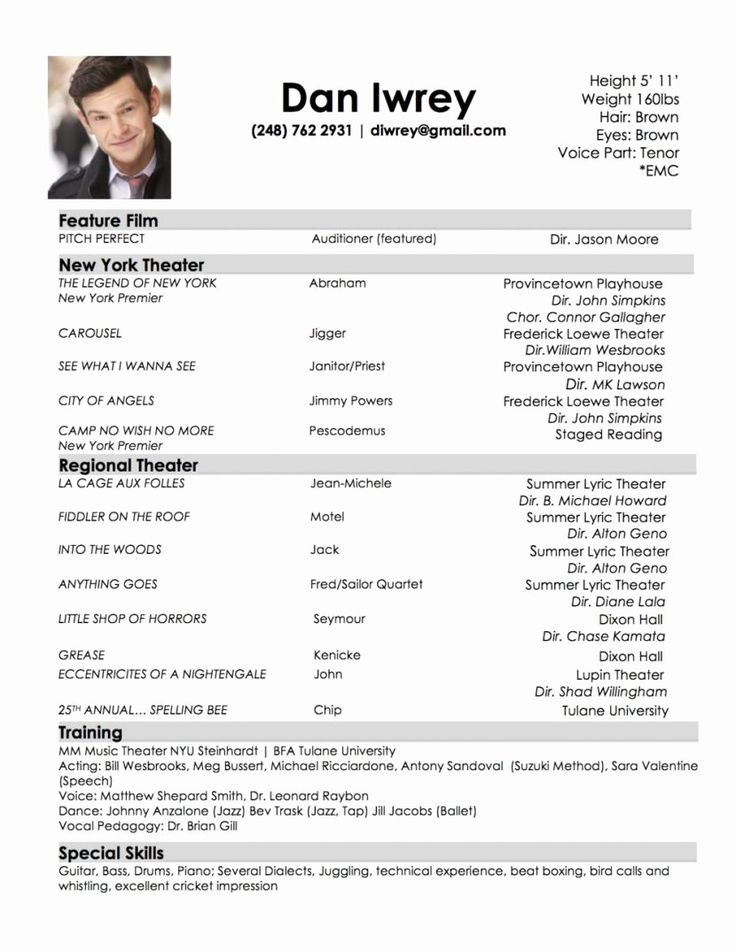 Exercises are demonstrated in the center.
Exercises are demonstrated in the center.
- sequence echappé a la second, echappé a la second en tournant 1/4 turn and pas de bourre
- glide path in turnnant diagonal of one turn
Ages 15 to 16 inclusive
Candidates aged 15 and 16 years inclusive must submit a video with a maximum length of 20 minutes.
BAR
Maximum 5 minutes:
- plié in all positions and port de bra (right side only)
- batteri tenus and batteri jetés short sequence (left side only)
- slow (right side only)
- grand batters (left side only)
CENTER
Maximum 5 minutes:
- adagio must include magnificent postures and walks
- with XNUMX pirouettes th position, en dehors and en dedans (one side only)
allegro
Maximum 5 minutes:
- exercise in petit allegro which includes changement de pieds, échappés and assemblé
- Medium Allegro exercise which includes sissone sauté a la second, temps levé in first arabesque and pas de chat
- Grand allegro exercise (including air tours for male candidates)
TIPS
Maximum 5 minutes:
- Echappé sequence on the XNUMXth and XNUMXth positions combined with the passe retirés.
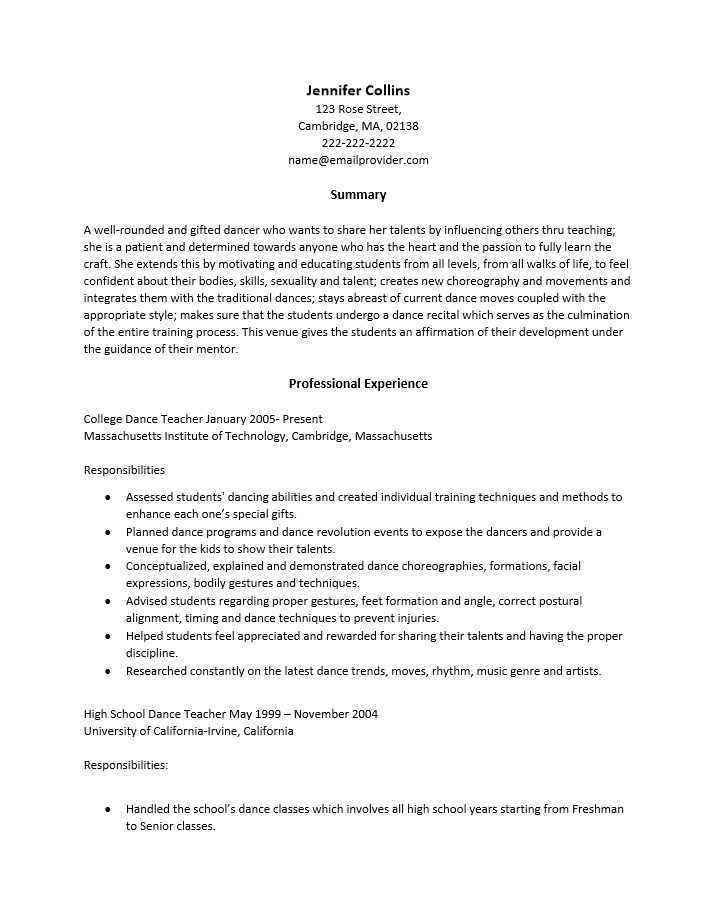
- pirouette diagonal from XNUMXth position
- pique en dedan diagonal
Ages 17 to 25 inclusive
Candidates aged 17 and 25 inclusive must submit a video with a maximum length of 20 minutes.
BAR
Maximum 5 minutes:
- plié in all positions and port de bra (right side only)
- batteri tenus and batteri jetés short sequence (right side only) )
- grand batters (left side only)
CENTER
Maximum 5 minutes:
- adagio must include great poses and a day/walk excursion to second or arabesque
- pirouettes from V-II-IV positions and left side, en dehors and en dedans
allegro
Maximum 5 minutes:
- exercise in petit allegro, which includes changement de pieds, échappés and assemblé
- exercise in the middle allegro, which includes sauté from sisson arabesque, balloon saute and devante cabriole
- Grand Allegro exercise (including air tours for male candidates)
TIPS
Maximum 5 minutes:
- Sequence of echappés in the XNUMXth and XNUMXth positions combined with the retirés pass.
